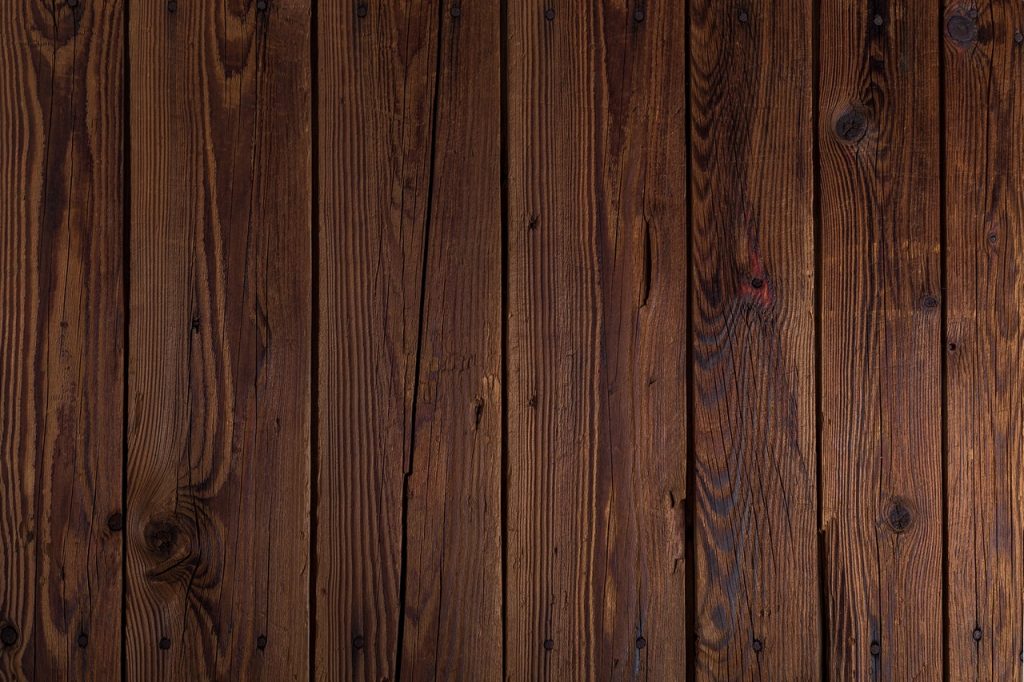Are you looking for a way to add class to your kitchen, but want to avoid adding stone-based surfaces? Do you have concerns over long-term maintenance costs, but are also looking to add value to your home?
There is an untimely elegance that comes with wooden surfaces in a kitchen; easy to cut and stain, these surfaces are perfect for a more rustic makeover but can also be a great way to add a modern vibe with laser cut shapes. In short, wood is timeless when it comes to decor!
And as wood is natural, antibacterial and is more affordable than stone-based worktops, it is once again seeing a rise in demand. But, if you have never made over a kitchen before and are uncertain about the suitability of wood, you will undoubtedly have some maintenance and fitting questions.
In this article, 5 FAQs surrounding wood-based counter-tops are answered. Enjoy!
Which wood should I choose?
When choosing a wooden worktop in the UK, it is important to consider budget, design and of course, lifestyle. For instance, if you have children, you will probably want a wooden worktop from the UK that is sturdy, more stain-resistant but is also easy to maintain.
As the most common types of wooden worktop near the UK create a different look (oak is lighter, walnut is darker), and have different price tags you will need to choose one that fits your overall design and requirements.
Are all woods stain-resistant?
While any prepared and polished wood that you purchase for your kitchen countertop will be stain-resistant, to begin with, it is worth noting that as the surface is used, the initial sealant may fade away. And, as some woods are more porous than others, you will need to ensure that you stay on top of the varnishing and maintenance to keep your work surface stain-free!

Which wood surface is the most expensive?
This can depend on how much of the wooden surface you are purchasing, but in the UK, the most commonly purchased expensive wood that is used in kitchen surfaces is walnut. Given that most businesses that provide wooden worktops offer oak, beech, walnut and ash, you have a few options to choose from, but consider that oak, beech or ash may be as expensive as walnut depending on how they have been prepared.
Is a wooden surface hard to maintain?
Not at all! In fact, this is the key reason why so many people are choosing wooden work surfaces over stone ones.
All that is required to maintain a wooden work surface is a gentle, daily wipe, a top-up of an antimicrobial varnish and if there are dents, an occasional sanding to smooth the surface will be needed. Be aware that if your wooden worktop has been stained, scratches and chips can expose the underlayer of wood, creating a scratched and uneven effect. If this happens, you will need to have your work surface sanded and stained to regain its flawless aesthetic. Simple!






